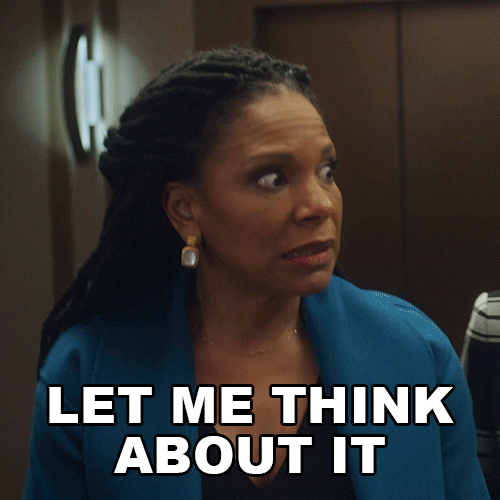Autonomy or Bust? The Real Risk Behind Uber’s Business Model
When a respected investment firm flags Uber’s own growth strategy as a threat to its stock, the truth slips out: the foundation isn’t as stable as it looks. Drivers should be paying attention — before they’re written out of the plan entirely.

In its Q4 2024 investor letter, Ithaka Group made an observation that caught my attention:
“Uber’s stock suffered from the perceived risks autonomous vehicles would pose to the company’s base business.”
Uber’s own future growth strategy—built on replacing human drivers with autonomous vehicles—is one of the biggest perceived threats to its stock.
Let that sink in.

That’s not a contradiction. That’s the truth bleeding through the optimism.
While Wall Street continues to buy into Uber’s long-term AI and robotics plays, investors also understand this uncomfortable reality: Uber’s base business relies entirely on people. On drivers. On human labor, with all its unpredictability, inefficiencies, and cost.
So here’s the tension.
Uber needs human drivers to stay profitable now. But its long-term narrative? It’s betting big on a future where human drivers are phased out completely. That’s a risk investors can’t ignore—and it’s one that workers should be watching too.
The Myth of the Infinite Driver Pool
Uber’s current business model depends on churn. Drivers cycle in and out at a rapid pace. Burnout is built into the equation.
But the longer drivers stick around, the more they start asking questions:
• What am I really earning after expenses?
• Is this sustainable?
• What’s my exit strategy?
And now, with more drivers analyzing their data and discovering the truth behind their earnings, that churn isn’t just a feature—it’s becoming a liability.
If drivers start logging off en masse (which has happened in markets with poor pay or increased regulations), Uber’s operational stability becomes shaky. No drivers, no rides. No rides, no revenue.
That’s the real short-term risk. And it’s already happening.
The Long Game: Autonomous Vehicles
Uber’s escape plan? Autonomy.
If you are in the rideshare game, you best know how to play it....

The company has poured billions into partnerships and R&D for autonomous vehicle tech. Why? Because robots don’t need breaks, they don’t unionize, and they don’t ask for higher pay.
But here’s the problem: autonomy isn’t ready yet. Not at scale. Not reliably. And certainly not in all markets. That leaves Uber stuck in a messy middle—balancing a fragile human labor force it hopes to eventually replace.
Wall Street sees the upside, sure. But it also sees the cracks.
Uber’s reliance on a workforce it intends to eliminate isn’t just ironic—it’s strategically unstable.
What Drivers Need to Realize
If you’re a driver, this isn’t just about Uber’s future. It’s about yours.
The company is investing in a world where you’re no longer needed. That doesn’t mean panic—but it does mean clarity. It means asking hard questions:

• Are you building a business or just fueling theirs?
• Are you planning ahead—or betting they won’t figure out autonomy soon?
• Are you being paid enough right now to take on all the risk?
Because Uber’s not waiting on you. And neither is Wall Street.






